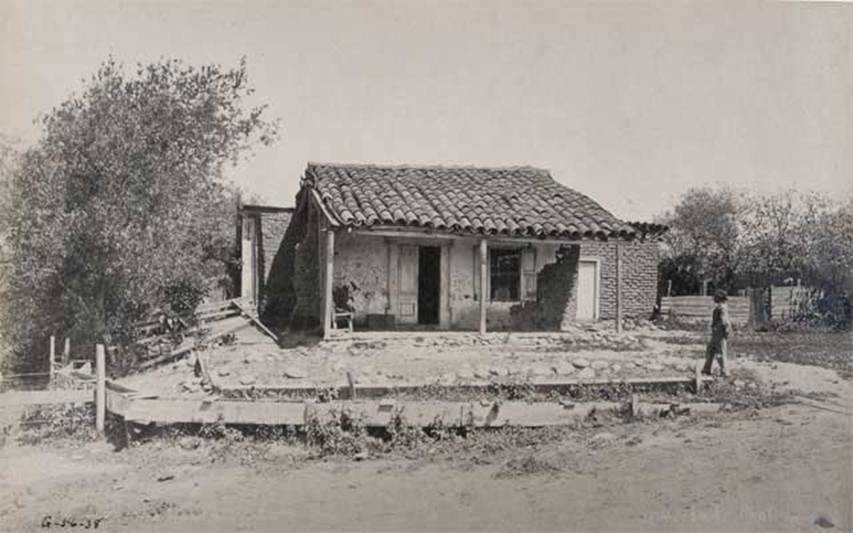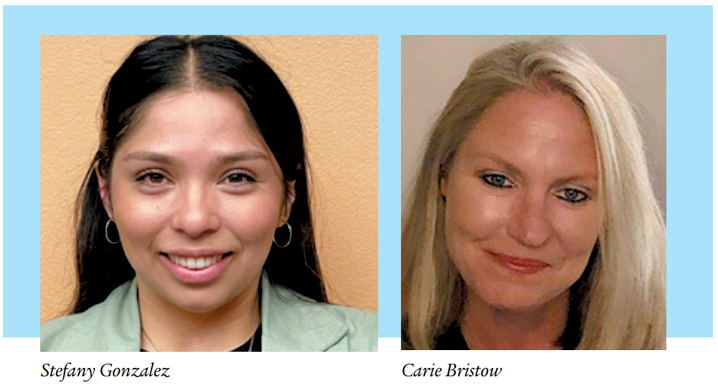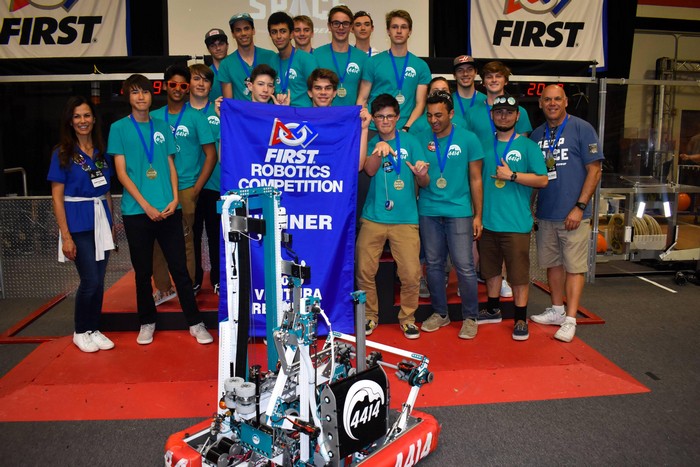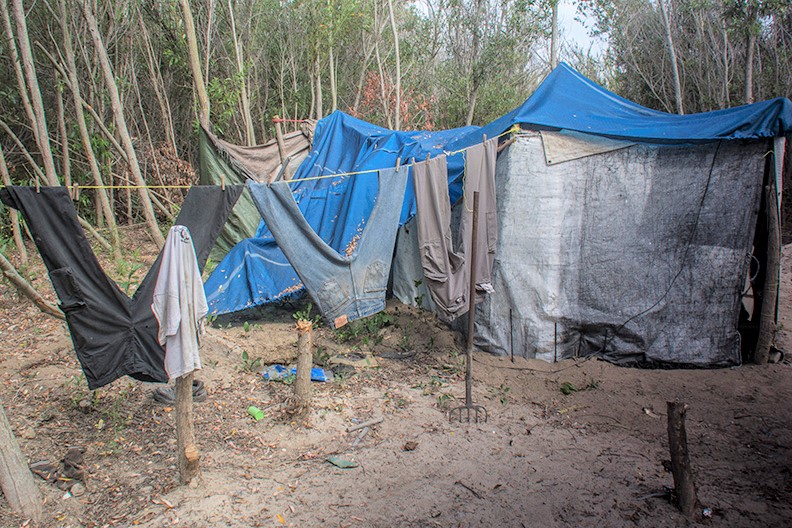This was the birthplace of the modern Ortega Chili Company that exists today.
by Richard Senate
She stands at 215 W. Main St., Ventura. Forlorn and almost forgotten. She is perhaps the least visited of Ventura’s many historic sites. The Ortega Adobe is the last of the simple adobes that once made up the row of buildings that made up the community long ago. She is the last of the Middle-Class houses that were once Ventura. Built in 1857 by Emigdio Miguel Ortega this much used building harbors a mystery, almost unknown to many.
In its many years it served the Ortega Family as a residence for Sr. Ortega, his Chumash wife and their many children. After the death of Emigdio it was inherited by his son Emilio. He had a unique hobby, collecting and growing chilis, He raised and transformed a New Mexica pepper that was large and tasty, becoming known as an Ortega Chili (If your ever had a Mexican food you have tasted one). In 1897 he started a small canning company in the old house he called the “Pioneer Ortega Chili Company.” It was one of the first canning businesses in the state.
This was the birthplace of the modern Ortega Chili Company that exists today. With the success of this business, Emilio sold the house and moved to Los Angeles where he built a factory and Victorian house for his family. It was purchased by Chinese merchant who rented it out as a laundry, then as a Mexican Cantina where dinners ate under the shade of a large grapevine. It was rented by the Shell Oil Company as offices for the nearby oil fields. For a time it was a pottery shop and then, during prohibition, an illegal speakeasy (it was never hard to get a drink in Ventura). Then, it even served, for two years, as the station house for the Ventura Police Department. It was used as the Veterans of Foreign Wars Hall and later the Boys and Girls Club.
Rather than tear it down, it was restored by the City of Ventura, under the direction of Archaeologist Bob O. Browne as a museum in 1968. It certainly has a long history and contributed to the growth of Ventura. But, what of the mystery? In the 19th Century, before the coming of the pier or the railroad, wood was hard to come by, so Emigdio and his son Ramon rode up the Santa Clara River Valley to the Fillmore area where their was an abandoned and melting ruined adobe. Stories say it was built years before and the family had been killed by Native People. They took the beams and hauled them all the way back to Ventura for the roof.
The mystery is–who were the people who built that early adobe? There is no records of such a structure there and the Chumash were known to be peaceful. What could have happened to cause an attack that would slay a whole family? Was it really Chumash? Could it have been someone else? Who built this early structure? Today the Ortega Adobe has just three rooms and a porch, but long ago it was larger, half of the structure was lost in an 1860s flood that took half the house. Emigdio, a local ranch foreman, didn’t have the resources to rebuild and simply lived in what was left of the house. It stands now lonely, a forgotten relic of another time, her wall now silent when once they were alive with activity and music.







